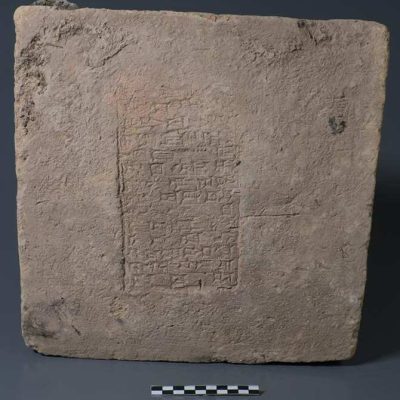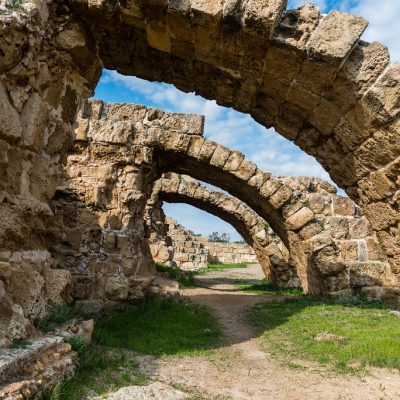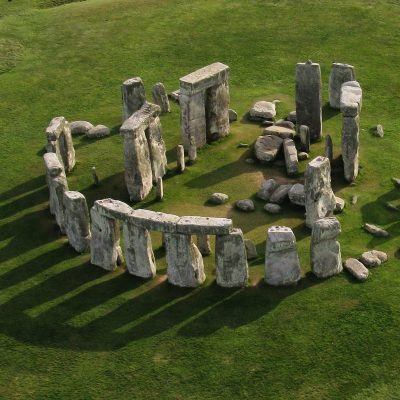In Lower Saxony’s Schöningen, archaeologists have discovered human footprints that are approximately 300,000 years old and most likely belong to the Homo heidelbergensis. The researchers from the University of Tübingen and the Senckenberg Research Institute have been investigating areas in the former brown coal mine since 2018, where they have found numerous relics, including stone tools and processing marks, which are believed to have been made by the Homo heidelbergensis. This early human is thought to be the link between the Homo erectus and the Neanderthal. The researchers have systematically analysed and mapped the fossil animal tracks found in the area, and during this process, they discovered traces of early humans.
The footprints are believed to have been made by an adult and two younger individuals, and they are the oldest human footprints found in Germany to date. The researchers strongly suspect that the Homo heidelbergensis made these footprints, even though no bones of this early human have been found in Schöningen. The age and quality of the discovered tools and weapons suggest that they were made by the Homo heidelbergensis. The footprints provide insight into the life of this early human, and the researchers believe that the group was likely a family outing rather than a group of adult hunters. The Homo heidelbergensis likely stayed near the lake because they could use its water and fish, and there were also plants, fruits, leaves, shoots, and mushrooms available depending on the season.
The animal tracks found in conjunction with the human footprints offer a glimpse into the ecosystem of the area at that time. A lake several kilometres long and several hundred metres wide was located in an open landscape dominated by birch and pine trees and grasses. Various animal groups, including elephants, rhinos, and hoofed animals, gathered at the muddy edge of the lake to drink or cool off in the water. Within this prehistoric scene, a small group of Homo heidelbergensis lived and left their footprints. The discovery of these ancient footprints is a valuable resource for creating a credible portrait of past life worlds, and it is crucial to investigate and preserve these historical testimonies before they are lost to natural erosion.










